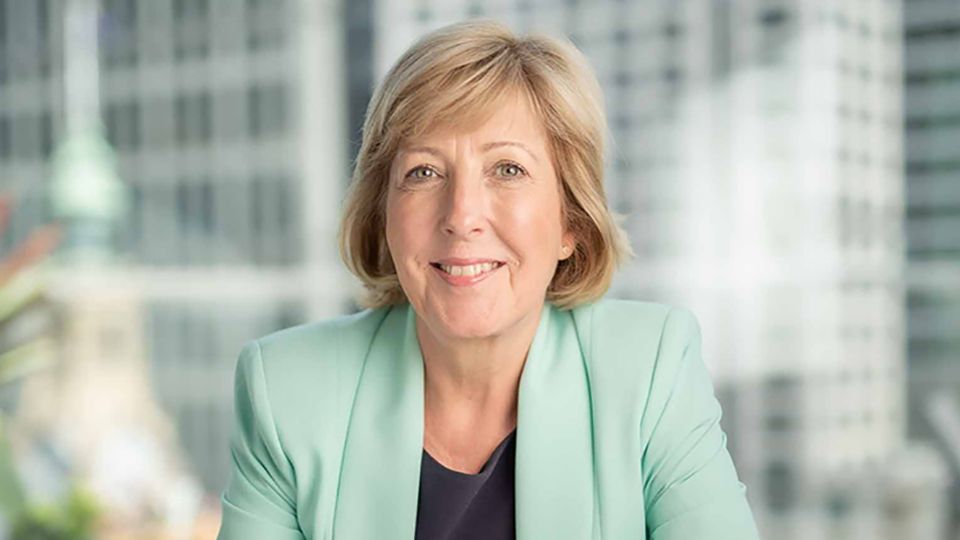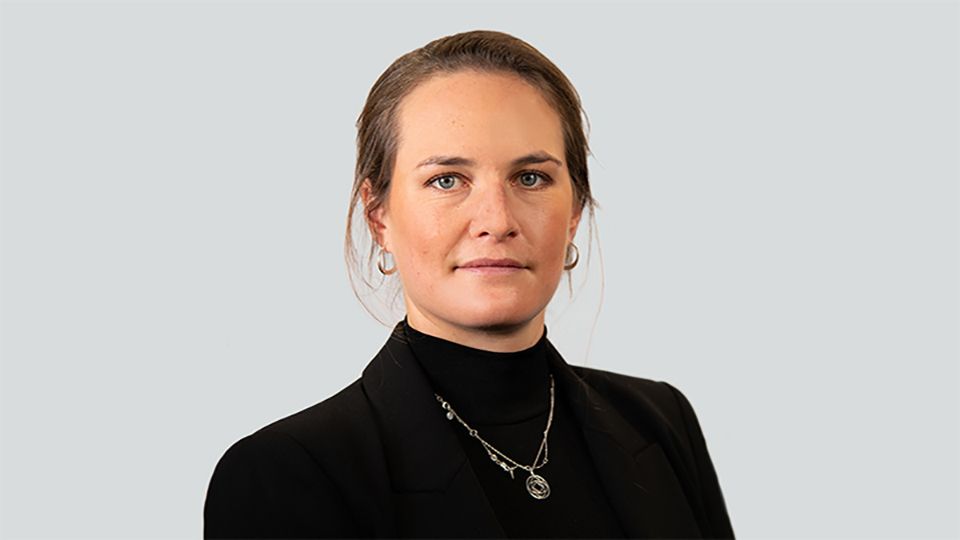JP Morgan Asset Management has published its global ESG integration policy statement outlining a standardised ESG integration methodology across asset classes, based on a proprietary ten-point metric scoring system
In the paper, Building Stronger Portfolios, Jennifer Wu, global head of sustainable investing, outlines the group’s approach to ESG investing and its importance for the overall investment policy. So far, $1.7trn (£1.36bn) of JPMAM’s assets are ESG integrated as of 31 March 2020, accounting for more than 90% of global client assets under management.
Wu said: “We believe systematically integrating ESG information into our investment process, where material and relevant, will contribute to achieving an enhanced financial return, through better-informed investment decisions and strengthened risk management.
“ESG integration aimed at achieving sustainable risk-adjusted returns is about using research, insights and data to inform investment decisions.”
The group’s proprietary ten-point metric scoring system is used to measure ESG integration within three key dimensions: research & investment management, documentation and monitoring.
These ten key metrics are:
- Research analyst/investment due diligence: This looks at whether ESG integration is a key part of research and investment due diligence process, and whether analysts are engaging with companies on ESG-related issues.
- Consideration at portfolio management/ investment decision level: This explores whether ESG is fundamental to the investment decisions making process and whether ESG factors lead to a reweighting of the portfolio.
- Breadth of third-party ESG data: Is independent or third-party ESG data available and how is it used? Is the team relying on a single data source or multiple sources?
- Level of proprietary research conducted: This looks at how much of the research has been conducted in-house, and whether the in-house teams meet with companies to engage on ESG issues.
- Company/sector coverage: Has the team considered sector differences when integration ESG and how does this affect investment decisions?
- Documentation of integration methodology: Is documentation on ESG integration available and is there specific methodology or a framework being used?
- Documentation of proprietary data & research methods: This includes case studies and examples and looks at whether corporate engagement is part of the process and how it is being documented.
- Risk management and oversight: What is the risk management process and are there clearly assigned roles within this?
- Systemisation: Looking at whether the ESG integration process is implemented using a centralised system and whether this information is being shares across the team.
- Ongoing monitoring and maintenance: Last, but not least, this looks at how ESG integration is monitored and whether there is a forum to discuss potential improvements or enhancements.
To obtain ESG integrated status, investment strategies must receive an aggregate score of at least 30 points, receiving at least 2 on each of these ten metrics on a scale of 1 to 5.
“If the strategy does not meet this threshold, the Working Group will discuss specific shortcomings and the improvements that need to be made before it can be re-evaluated at a later stage,” Wu said.
JPMAM said using this ten-metric scoring system can offer guidance on how to evaluate a particular strategy, but can also be used as a measure of progress on ESG integration over time.
The report outlines its approach to ESG integration by asset class, including the research processes used to assess ESG credentials of a business and how it approaches engagement with companies, including case studies.









